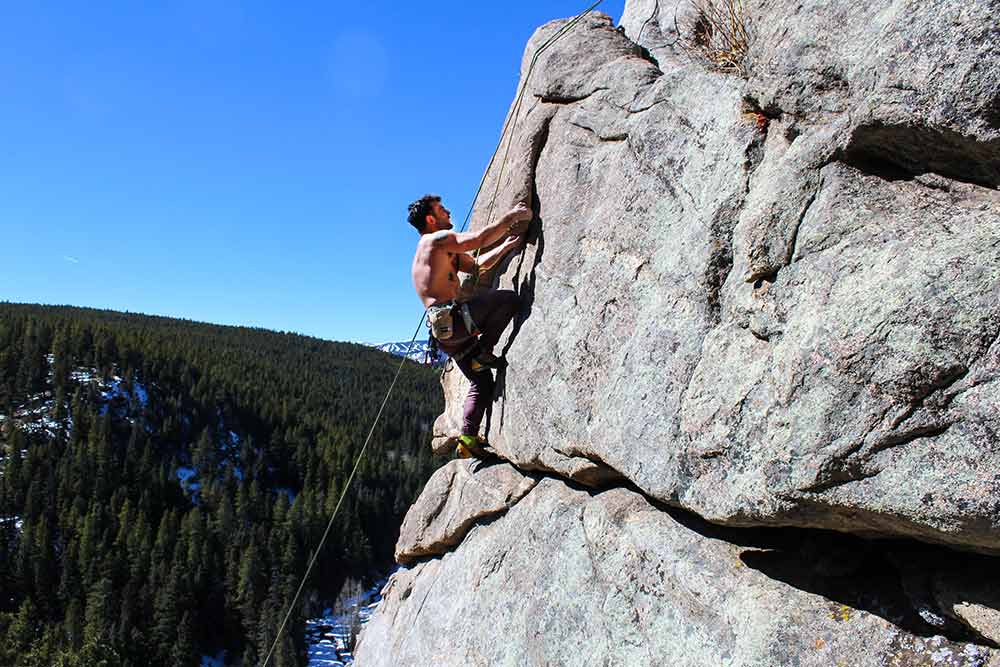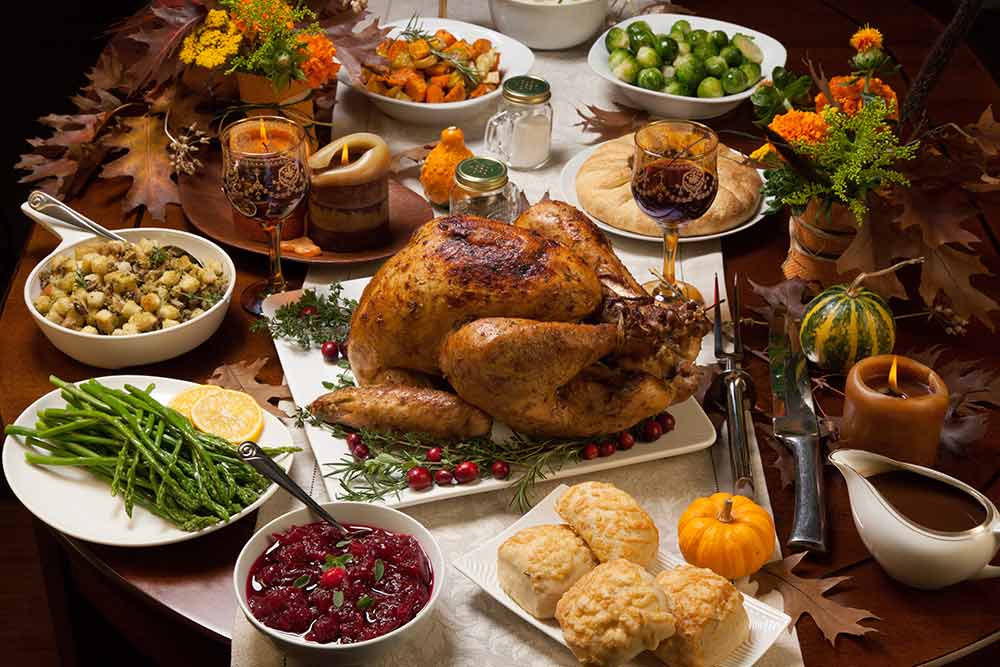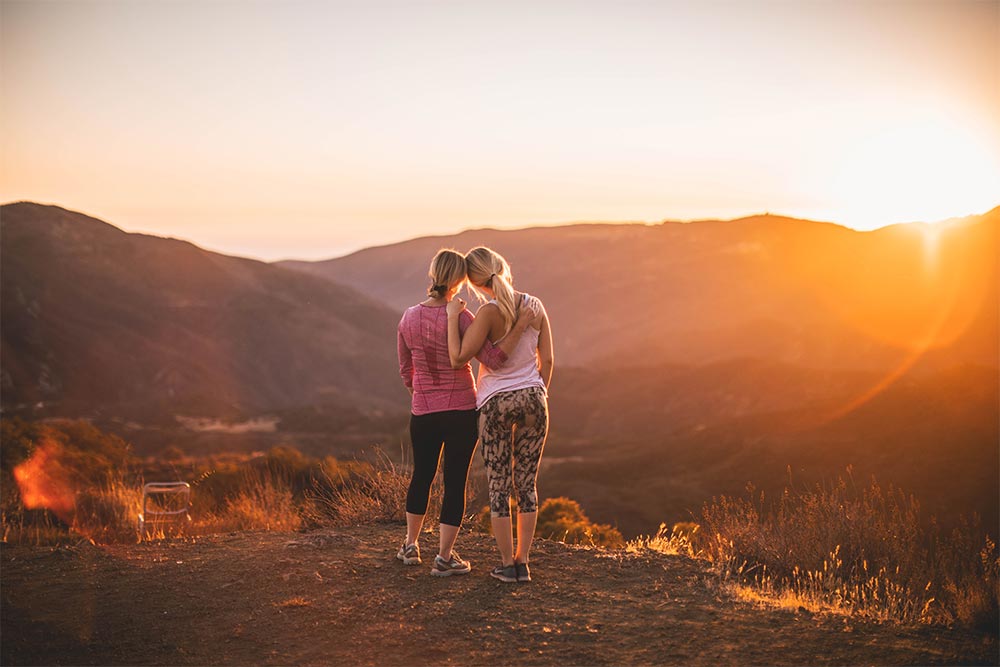Become A Runner at Any Age
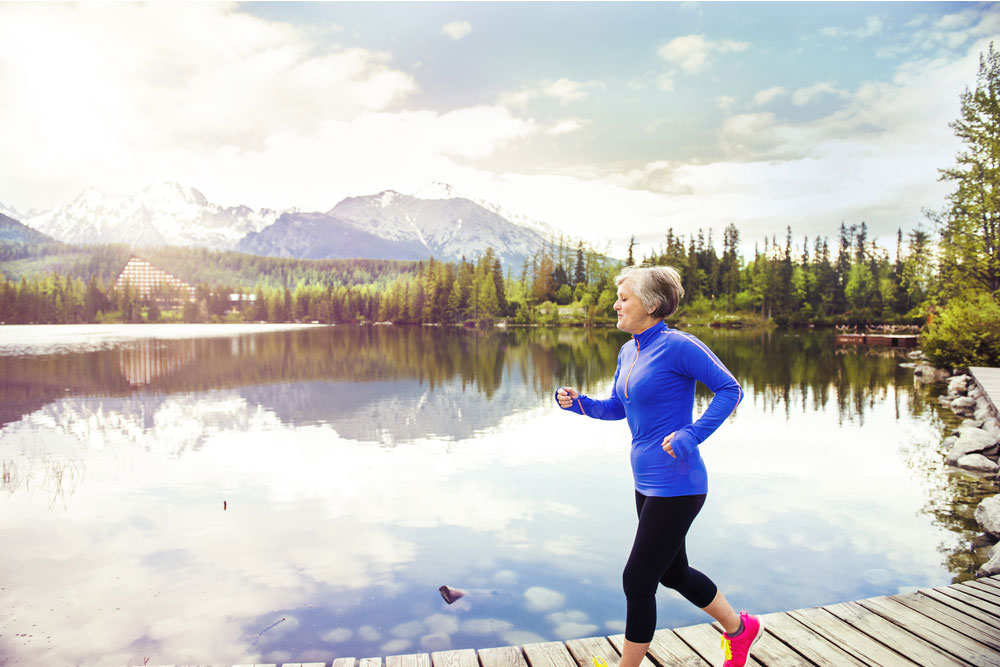
Gillian White BSc, MSc, PhD Candidate University of Toronto Exercise Sciences
Why society is telling you that you’re too old to run – and why society is dead wrong.
Most health publications, including this blog, place the majority of the focus of health articles on the physical sciences: how to lose weight, how to increase strength and endurance, how to slow aging. Commonly left out of the conversation is the sociology of why physical activity is as important socially as it is physically as an older adult and what it’s actually like to make lifestyle changes. In many cases it requires a person to deal with novelty, a sense of uncertainty, and, at the very least, an element of getting outside of the norm. With age comes the inherent acquisition of experience. With more experience comes mastery and a lower likelihood to encounter novelty, either by design or by happenstance. An older adult making a deliberate decision to try something new, therefore, comes with its own set of challenges that merit a conversation.
Related: Trigger Motion: Running Terms For Those New to the Game
Why We Should Exercise
To begin with, I’ll start by saying that I am a physiologist. An exercise physiologist to be specific. So when I think about all of the reasons a person should exercise, I often think about the physiology. Makes sense – it’s the fundamental changes that underlie a lot of the benefits of exercise throughout the life-cycle. However, it also discounts the extremely important questions of what makes people exercise and how does a person experience the transition from a largely inactive person to a Fast Twitch Grandma. As this seems to be a massive oversight in the health and wellness blogosphere (and in a lot of health science research altogether), I reached out to some sociologists in the area of physical activity and health and was pointed in the direction of Dr. Cassandra Phoenix at the University of Bath in England.
Becoming a Runner
In a recent article aptly titled “Becoming a Runner”, Drs. Phoenix and Griffin discuss the experiences of 15 older women who have taken the leap to join a learn-to-run club. Central to the discussion in this article is a prevailing idea in Western society that tells us that aging is marked by a passive and inevitable decline, mentally and physically. This narrative of a natural deterioration with age is so engrained in our collective conscious that we don’t even really realize that it’s there. Our culture just accepts it.
And the acceptance of this as a given is really debilitating because it suggests that as we get older, we lose competencies, and there’s nothing we can do about it. It’s especially salient for females, whose worth is all too often associated with physical appearance. This is of course a very damaging way of viewing aging, given the importance of maintaining or adopting a physically active life to maintain health and vigour.
Related: Sprint Training: The Secret to Younger Muscles Part I
Exercise Later in Life
The really cool thing about exercise later in life, especially for those who were sedentary for the majority of their lives, is that it provides a counter narrative or an alternative to this prescribed fate of aging. Those who are engaging actively to not only maintain, but actually gain new competencies, rebel against this idea and this flies in the face of societal expectations. This is incredibly important because it sets a precedent for generations behind them, effectively providing new alternatives to what it means to age. Overwhelmingly positive stories of changes in self-identity steeped in enthusiasm and pride for not only making positive life changes and breaking decades-old cycles of inactivity, but doing so at a time when the norm is to lose capacity, not gain.
An important finding of this research study was that the process of transformation from a “non-runner” to a “runner” is much more complicated than simply making the choice to run, allowing your physiology to adapt, and over time improving your aerobic function. The process from “I’m too old and I can’t run” or “I’ve never been a runner and I can’t start now” to “look what I can do” and feeling like “one of them” is riddled with set-backs and misgivings as much as it is with pride and self-satisfaction. These stories of ups and downs form the messy road to trying something new and becoming a new version of yourself at a time when you’ve become pretty used to who you think you are and what you think you are capable of.
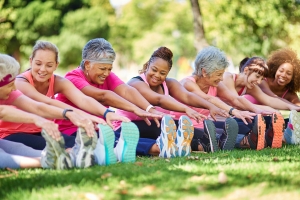
Social Influence of Exercise
Importantly, every single person interviewed for this study, regardless of their commitment to the running group (i.e. people who had dropped out over the research period), described some level of positive change. For some, it was a change from showing up in old running shoes to the group and struggling at the back to signing up for a 10k race and talking shop with the young employees of the local running store. For others it was rewriting a long-held belief about themselves that they simply couldn’t run. In all cases, every person that was interviewed was affected in some way by having participated in the running group.
Related: HIIT: High Intenstity Interval Training
Another critical element of physical activity that is often disregarded in physiology is the potential for the social influence of many physical activity opportunities. These can be either a helping or hindering influence in the experience of novel activity. The novelty of joining a group like the one described in Dr. Phoenix and Dr. Griffin’s work is both physical and social. And both can equally contribute to the apprehension that can be experienced when embarking on new activity endeavours.
Both are experiences associated with youth – learning new skills, making new friends – these are things that happen a lot during youth and tend to happen less an less with age. The comparative element of being in a group setting was described by some women in a negative light and associated with feelings of self-deprecation. Such as when they felt the workout appeared easier for everyone else, while it was torture for them (something I think everyone can relate to).
On the flip side, it can provide a powerful feeling of support, as was described by one woman running up a hill for the first time without taking a rest, after 6 weeks of struggling with the hill, while her running group cheered her on. In this way, the experience of starting a new exercise program has the expected physical strains but also a social pressure that should not be overlooked.
Important Conclusions of the Study
Aging is not a prescribed process of deterioration – those brave enough to be active break the mould, and break trail for those around them and behind them.
The transformation from inactive to active is multifaceted and includes all of the pitfalls of learning a new thing with new people. The path may not be smooth but the road does lead forward.
Try something new – it may not fit perfectly and you may not stick with it, but it will change you for the better, if only in a small way.
Related: A Short Workout Might Be All You Need
Considerations for Starting a New Exercise Program or Activity
Novelty is always a bit uncomfortable – embrace it.
Starting something new with a friend can ease the social strains associated with a new activity and increase your likelihood of sticking with it.
Celebrate the physical and emotional achievements you make – while increasing strength and endurance to get up the hill is important, so is the strength of spirit that keeps you from quitting.
A last word – as a member of the generation that is only now starting to experience “aging” in a personal context: thank you to all you FTG’s out there – you are the mavericks that will change our world view about the so called inevitabilities of aging.
Related Video: Meet A Master Sprinter Tunde Ridley
References:
Griffin, M & Phoenix, C (2016). Becoming a Runner – Big, middle, and small stories of physical activity participation in later life. Sport, Education and Society, 21(1): 11-27.
See More Articles By Gillian White
YOU MIGHT LIKE:












